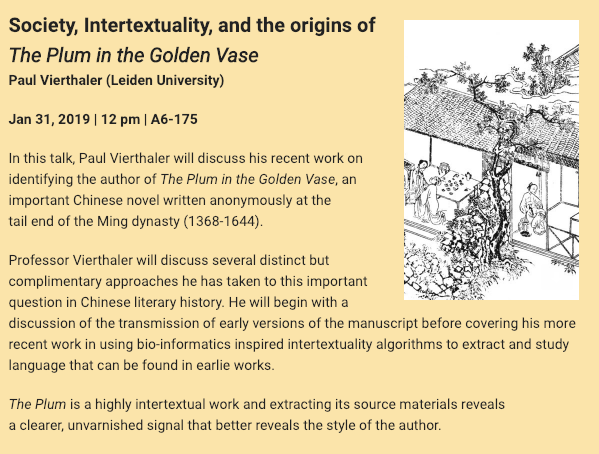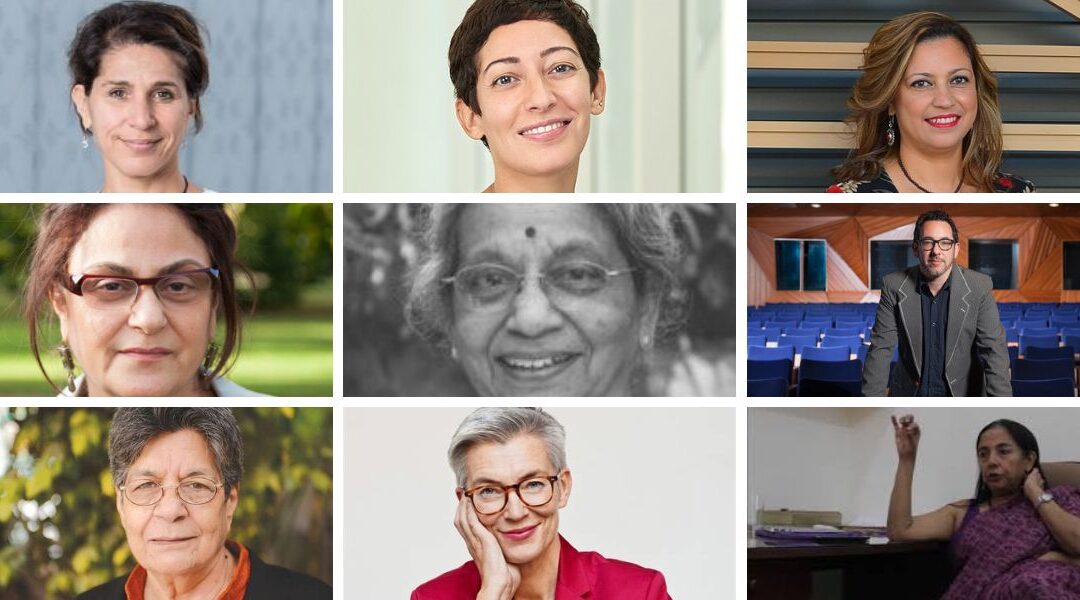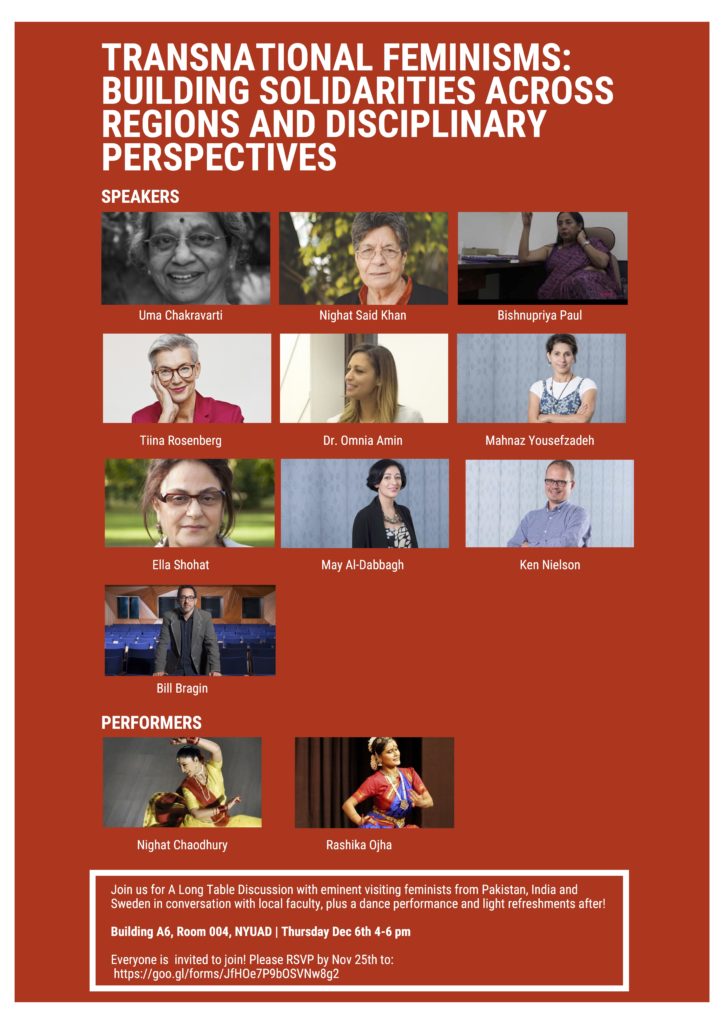The Once and Future City-Center: Urban Aspirations in Mumbai’s Periphery
Nalasopara is one of the fastest growing neighbourhoods in one of the fastest growing municipalities in India today. This peri-urban area in the northwestern periphery of the Mumbai Metropolitan Region (MMR) is a key district of the recently inaugurated Vasai-Virar City Municipal Corporation (VVCMC). The new Vasai-Virar City is, in fact, ‘old’. This region in north Konkan, on the western coast of India, less than fifty miles north of the city of Mumbai, is the site of two historic port cities, Sopara (today, Nalasopara) and Bassein (today, Vasai). Writing about this city of over a million people sometime in the later decades of 1 CE, the anonymous author of the Periplus Erythraei Maris refers to Sopara as ‘a bustling port city of many hundreds of people and the capital of the Konkan between 500 BCE and 1100 CE.’

Until recently, revenue records, following colonial bookkeeping practice, categorized this region as pre-dominantly agricultural in character. In the past couple of decades, however, Nalasopara developed a reputation for being the least expensive ‘urban’ real estate destination in the MMR. The Development Authority’s Draft Regional Plan for MMR 2016-2036 proposes to develop Nalasopara into a ‘Growth Centre’ by 2036. This presentation will investigate Nalasopara’s many urban pasts, and its imagined and contested future by analyzing the contrasting interests and aspirations of its constituencies. It will outline the processes by which the planners’ imagination, the politician’s ambitions, the migrant communities’ anxieties, and the locals’ assertions come together to undermine the state’s development vision.
Held on 11 November 2018 (Sponsored by the NYUAD GAI with the generous support of the Luce Foundation).
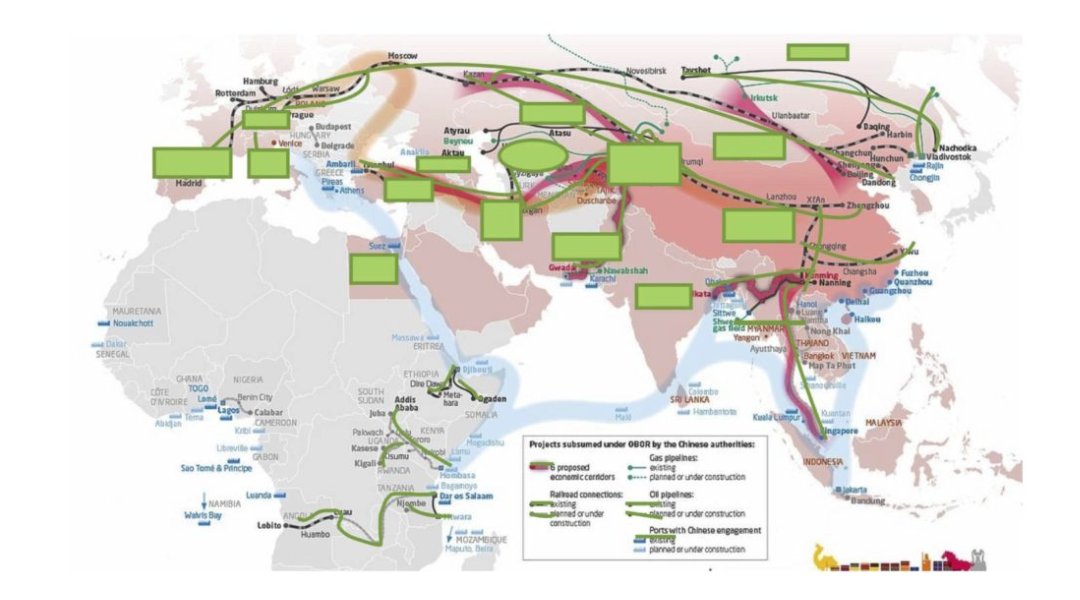
Greening the Belt and Road Initiative and China’s Export of Environmental Authoritarianism
Held on 4 November 2018 (Sponsored by the NYUAD GAI with the generous support of the Luce Foundation).
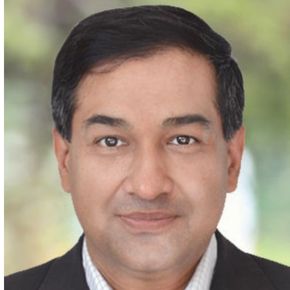
India, China, and the World: A Connected History (Oxford University Press, 2018).


By focusing on the early material exchanges, transmissions of knowledge and technologies between ancient India and ancient China; the networks of exchange during the colonial period; and some of the less-known facets of interactions between the Republic of India and the People’s Republic of China, this presentation argues that the analysis of India-China connections must extend beyond the traditional frameworks of nation-states or bilateralism. Instead, it is proposed that that a wide canvas of space, people, objects, sources, and timeframe is needed to fully comprehend the interactions between India and China in the past and during the contemporary period. It is argued that these interactions were multidirectional, involved people from diverse parts of the world, and were not constrained by the entities called “India” and “China.” The presentation also examines the ideas of “connected histories,” “circulatory connections,” “convergence,” “contact zones,” and “disjuncture” as the conceptual methods for studying transregional and transcultural connections and exchanges.
Held on 23 September 2018 (Sponsored by the Political Science Seminar, in collaboration with the History Program Research Seminar).
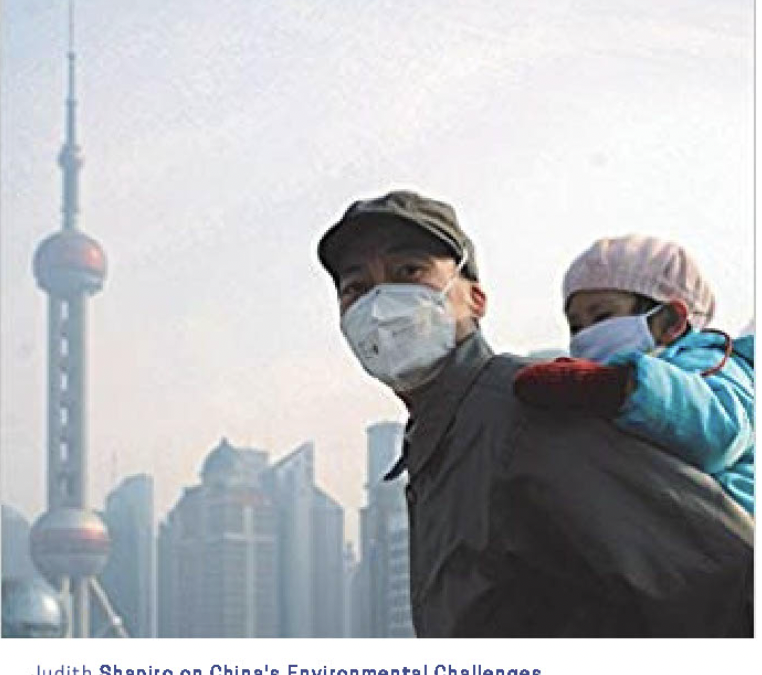
Keynote Visitor
Judith Shapiro, American University

Professor Judith Shapiro will speak about how ordinary Chinese people are responding to China’s environmental challenges as they seek to mitigate the impacts of climate change, air and water pollution, soil contamination, and unsafe food on their own health and well-being. Can environmental NGOs work effectively in an era of intensified authoritarian controls? Can China achieve “ecological civilization” without displacing its environmental harms beyond its borders? Will the Belt and Road be a mechanism for “green” development or will it exacerbate biodiversity loss, climate change, and the hyper-extraction of the planet’s limited resources? Please join a conversation about this and other implications of the stunning rise of China.

